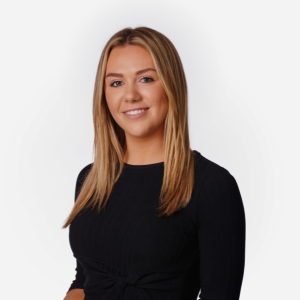|
Long gone are the days when a homebuyer had a simple choice between a repayment and an endowment mortgage. These days, a bewildering choice of products greets you and choosing the wrong one can prove expensive. So, before contacting a mortgage lender or broker, a little research can be very helpful in understanding the terminology and how each product works. Below is a brief explanation of the types of mortgages you are most likely to encounter.
Fixed rate mortgage
Among the most common types of mortgages is the fixed rate mortgage, where the interest rate on your loan stays the same for an agreed period. It’s possible to fix your interest rate for the duration of the mortgage, but most people choose to do so for between two and five years. The interest rate usually reverts to the lender’s standard variable rate at the end of the fixed rate period. So, at that point, you will probably wish to look for another fixed rate deal.
A major consideration for a fixed rate mortgage is that you will be ‘locked-in’ for the duration of the deal, with penalties for early redemption.
Variable rate mortgage
A variable rate mortgage is one where the interest you pay each month can fluctuate. They come in various forms, including:
- Standard variable rate mortgage – A standard variable rate (SVR) is the standard interest rate a mortgage lender charges. Typically, the SVR is higher than their fixed or tracker rates. Although SVRs tend to follow the Bank of England’s base rate, the rate can increase or decrease at the lender’s discretion.
- Tracker mortgage – A tracker mortgage follows the Bank of England’s base rate and is fixed at a certain percentage above that rate. So, for example, if your deal is base rate +2%, and the base rate is 5.25%, you will pay 7.25%. If the base rate increases by 0.25%, your rate increases to 7.5%. Although ‘lifetime tracker’ mortgages are available for the whole term, most deals run for two to five years.
- Discounted mortgage – A discounted mortgage is one where you pay the SVR with a fixed amount discounted for a period, usually two or three years. For example, if your lender’s SVR is 7.99% and your mortgage has a 2.25% discount, you will pay 5.74%. If the SVR increases to 8.25% during the discounted period, you will pay 6%.
Offset mortgage
An offset mortgage is one linked to a savings account. It works by ‘offsetting’ the amount of money needed to repay your mortgage each month against the credit balance in the savings account, lowering the total interest charged. For example, if you have £35,000 in a savings account linked to an offset mortgage with a balance of £185,000, you will only pay interest on £150,000. But it’s important to remember that you will not earn any interest on the savings your mortgage is ‘offset’ against.
Interest-only mortgage
While now rare, interest-only mortgages are still available. But as you only pay interest on the loan, lenders set strict eligibility requirements. And you must have a realistic strategy for repaying the capital at the end of the term.

 Residential conveyancer Olivia Sweet has produced this handy guide to the types of mortgages available to homebuyers.
Residential conveyancer Olivia Sweet has produced this handy guide to the types of mortgages available to homebuyers.